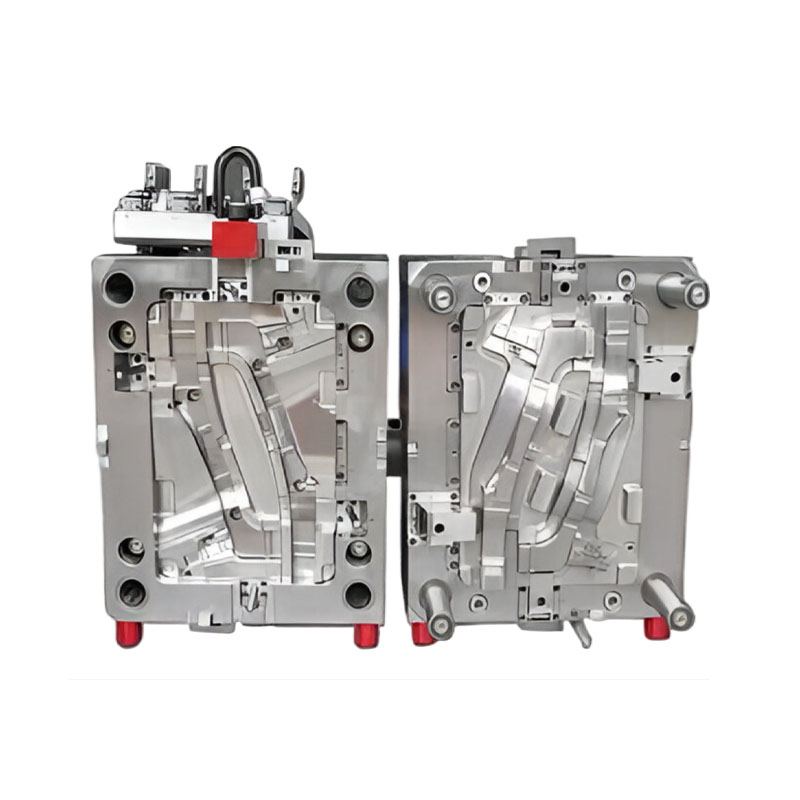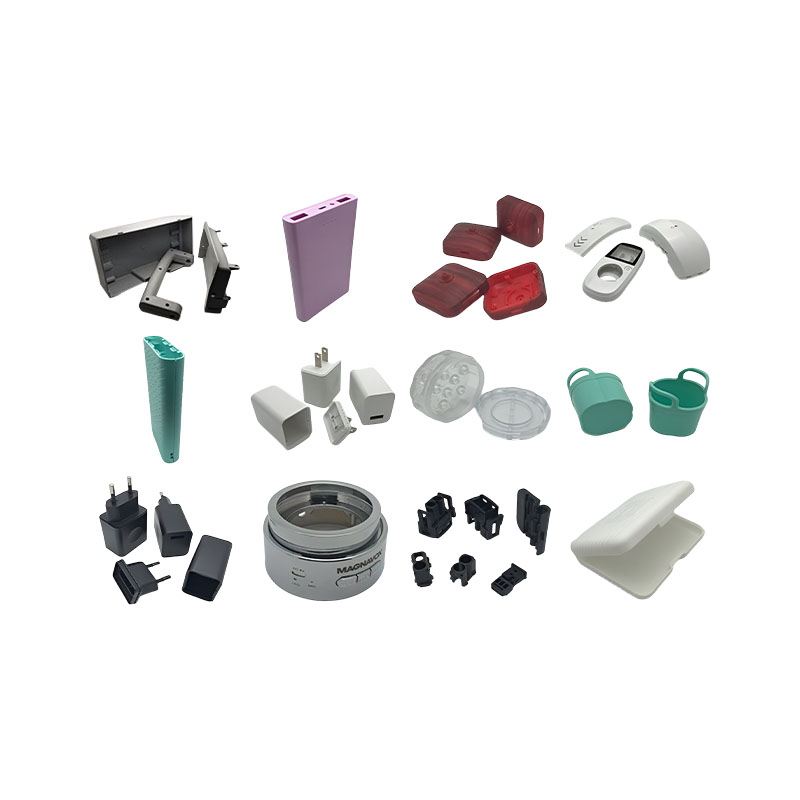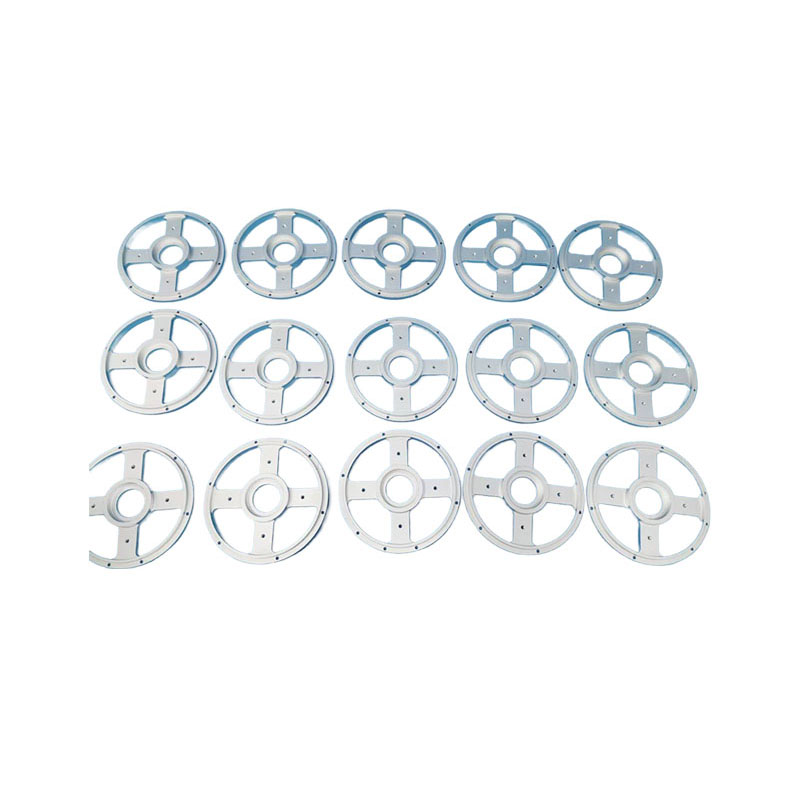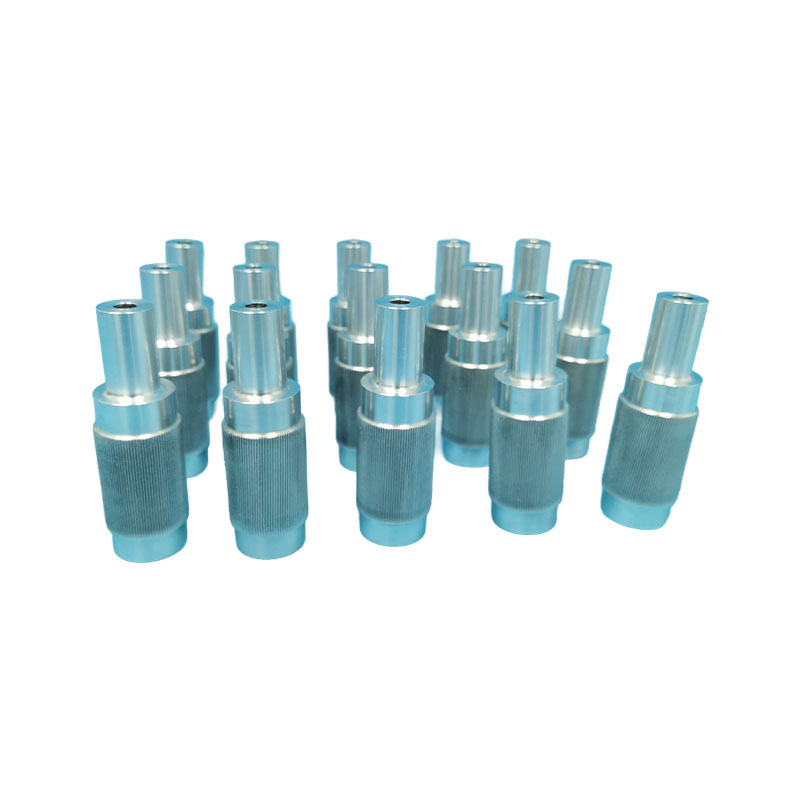How to improve the stability of aluminum CNC turning in CNC turning by optimizing the fixture design?
Release Time : 2025-07-03
In the process of aluminum alloy CNC turning, the stability of the workpiece directly affects the processing accuracy, surface quality and production efficiency. Because aluminum alloy has the characteristics of low density, moderate strength but easy deformation, it is easy to vibrate, deflect or even loosen under high-speed cutting or uneven force, thus affecting the processing effect. Therefore, reasonable design and optimization of the fixture structure have become the key link to improve the stability of aluminum CNC turning.
1. The importance of fixture design to processing stability
The fixture is a bridge between the machine tool and the workpiece. Its core function is to accurately locate and firmly clamp the workpiece. In the process of CNC turning, especially for aluminum alloy parts with complex shapes or thin wall thickness, if the fixture design is unreasonable, it is easy to cause uneven distribution of clamping stress, causing deformation of the workpiece or flutter during processing. Optimizing the fixture design not only helps to improve the clamping rigidity, but also reduces the dimensional error and surface defects caused by improper clamping, thereby improving the overall processing quality.
2. Key points of positioning and clamping system design
In order to improve the stability of aluminum CNC turning, the fixture design should focus on the following two aspects:
Precise positioning: Use multi-point positioning methods, such as V-blocks, positioning pins, plane supports, etc., to ensure that the position of the workpiece in the fixture is accurate and repeatable. For special-shaped workpieces, special positioning devices can be customized in combination with 3D printing technology to adapt to their special shapes.
Uniform clamping: Avoid excessive local clamping force concentration to prevent aluminum parts from elastic or plastic deformation due to excessive pressure. Hydraulic or pneumatic clamping systems can be used to achieve automatic adjustment and uniform distribution of clamping force, and enhance the stability and safety of clamping.
3. The influence of material and structure selection on fixture performance
The material and structure of the fixture itself will also affect its clamping effect. Traditional fixtures are mostly made of cast iron or carbon steel. Although they are strong, they are heavy and slow to respond. Modern fixtures tend to use lightweight and high-strength materials, such as aluminum alloys or engineering plastics, with modular structural design, which can not only reduce the weight of the fixture itself, but also facilitate quick replacement and adjustment. In addition, the use of honeycomb or hollow structure can effectively reduce the inertia of the fixture and improve the dynamic response capability while ensuring strength, so as to better adapt to the needs of high-speed processing.
4. Development trend of intelligent fixtures
With the development of intelligent manufacturing technology, intelligent fixtures have gradually become a research hotspot. This type of fixture usually integrates sensors, actuators and control systems, which can monitor the clamping force, temperature changes and workpiece displacement in real time, and make adaptive adjustments based on feedback information. For example, if the workpiece is detected to have slight looseness or abnormal vibration during processing, the system can automatically increase the clamping force or issue an alarm signal to intervene in the processing process in time to effectively avoid the generation of waste. This fixture with perception and decision-making capabilities greatly improves the stability and safety of aluminum CNC turning in CNC turning.
In summary, the stability of aluminum CNC turning in CNC turning can be effectively improved by optimizing the fixture design. Reasonable positioning and clamping methods, appropriate material selection, advanced structural design and the introduction of intelligent systems are all important guarantees for achieving efficient and high-quality processing.
1. The importance of fixture design to processing stability
The fixture is a bridge between the machine tool and the workpiece. Its core function is to accurately locate and firmly clamp the workpiece. In the process of CNC turning, especially for aluminum alloy parts with complex shapes or thin wall thickness, if the fixture design is unreasonable, it is easy to cause uneven distribution of clamping stress, causing deformation of the workpiece or flutter during processing. Optimizing the fixture design not only helps to improve the clamping rigidity, but also reduces the dimensional error and surface defects caused by improper clamping, thereby improving the overall processing quality.
2. Key points of positioning and clamping system design
In order to improve the stability of aluminum CNC turning, the fixture design should focus on the following two aspects:
Precise positioning: Use multi-point positioning methods, such as V-blocks, positioning pins, plane supports, etc., to ensure that the position of the workpiece in the fixture is accurate and repeatable. For special-shaped workpieces, special positioning devices can be customized in combination with 3D printing technology to adapt to their special shapes.
Uniform clamping: Avoid excessive local clamping force concentration to prevent aluminum parts from elastic or plastic deformation due to excessive pressure. Hydraulic or pneumatic clamping systems can be used to achieve automatic adjustment and uniform distribution of clamping force, and enhance the stability and safety of clamping.
3. The influence of material and structure selection on fixture performance
The material and structure of the fixture itself will also affect its clamping effect. Traditional fixtures are mostly made of cast iron or carbon steel. Although they are strong, they are heavy and slow to respond. Modern fixtures tend to use lightweight and high-strength materials, such as aluminum alloys or engineering plastics, with modular structural design, which can not only reduce the weight of the fixture itself, but also facilitate quick replacement and adjustment. In addition, the use of honeycomb or hollow structure can effectively reduce the inertia of the fixture and improve the dynamic response capability while ensuring strength, so as to better adapt to the needs of high-speed processing.
4. Development trend of intelligent fixtures
With the development of intelligent manufacturing technology, intelligent fixtures have gradually become a research hotspot. This type of fixture usually integrates sensors, actuators and control systems, which can monitor the clamping force, temperature changes and workpiece displacement in real time, and make adaptive adjustments based on feedback information. For example, if the workpiece is detected to have slight looseness or abnormal vibration during processing, the system can automatically increase the clamping force or issue an alarm signal to intervene in the processing process in time to effectively avoid the generation of waste. This fixture with perception and decision-making capabilities greatly improves the stability and safety of aluminum CNC turning in CNC turning.
In summary, the stability of aluminum CNC turning in CNC turning can be effectively improved by optimizing the fixture design. Reasonable positioning and clamping methods, appropriate material selection, advanced structural design and the introduction of intelligent systems are all important guarantees for achieving efficient and high-quality processing.







